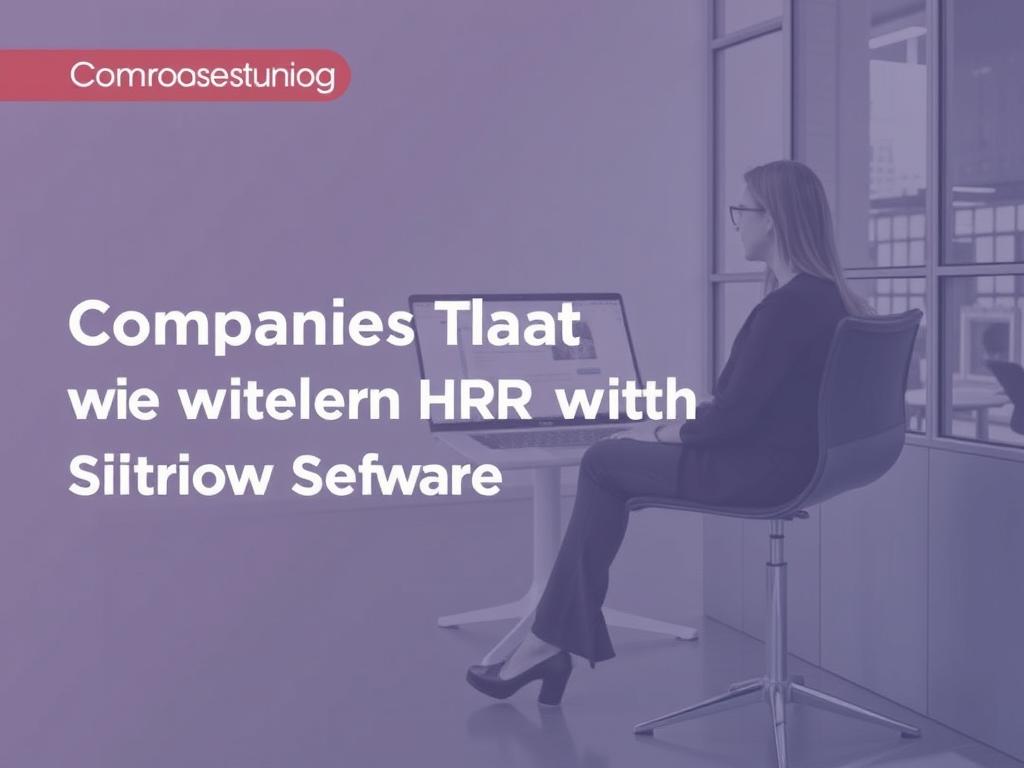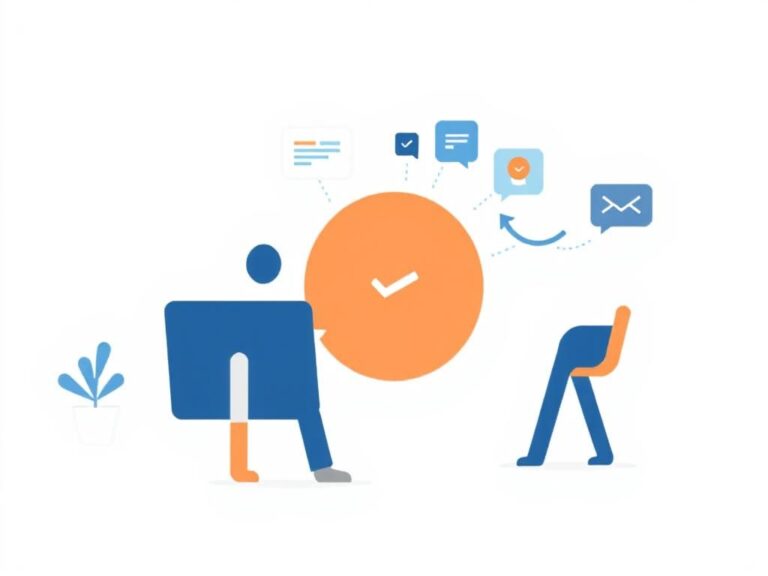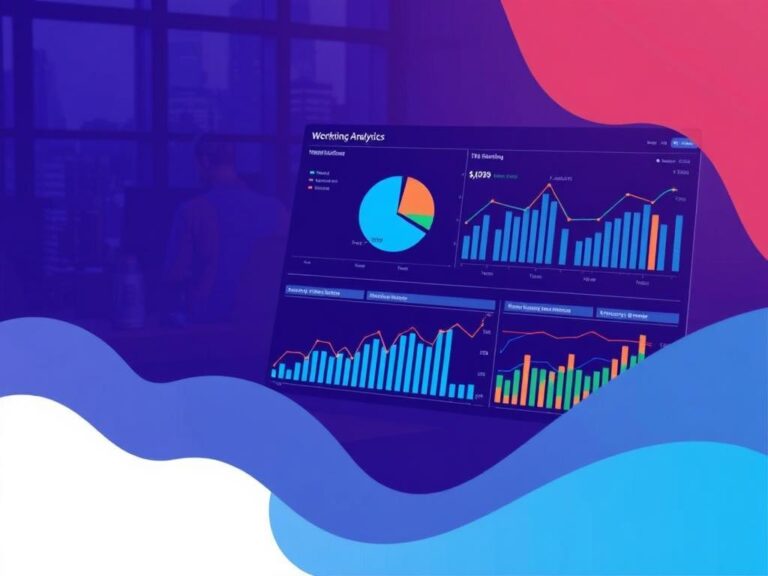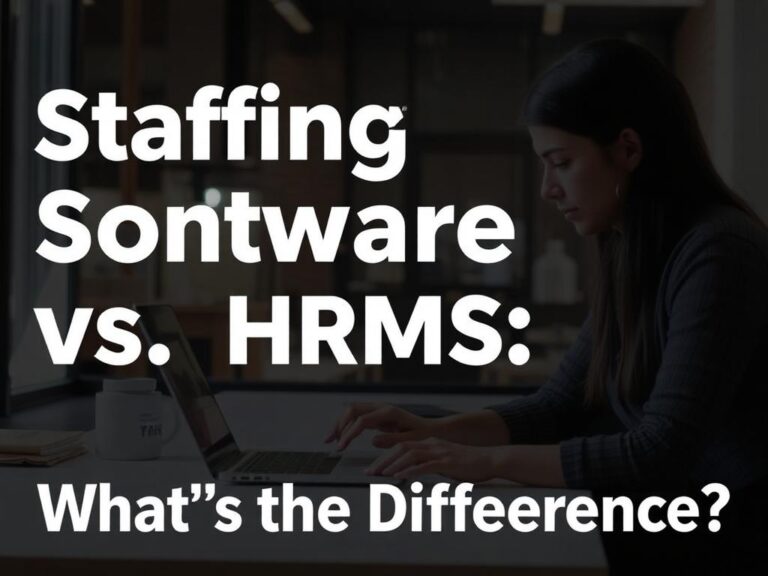Case Studies: Companies That Transformed HR with Staffing Software
Introduction to Staffing Software and HR Transformation
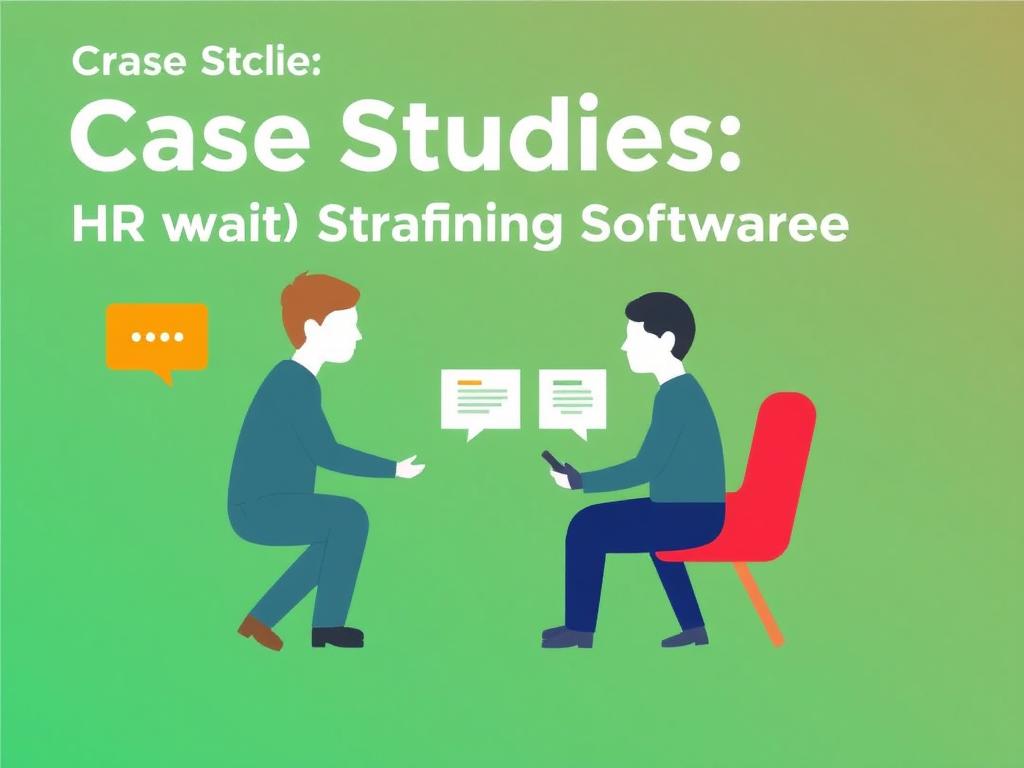
In today’s fast-paced business world, Human Resources (HR) departments are constantly looking for ways to improve efficiency, reduce costs, and enhance employee engagement. One of the major game-changers has been the adoption of staffing software. These tools offer comprehensive solutions to automate recruitment processes, streamline onboarding, and manage workforce data with precision. Companies that have embraced staffing software often report significant improvements—not only in the speed of hiring but also in the overall quality of their talent pool. This article delves into case studies of companies that transformed their HR operations by integrating innovative staffing software and achieved remarkable results.
The Power of Staffing Software in Modern HR
Before we explore real-world examples, it’s important to understand why staffing software is so impactful. At its core, staffing software simplifies complex HR workflows. It eliminates repetitive manual tasks, reduces human errors, and allows HR teams to focus on strategic activities such as talent development and employee retention. Features commonly found in such software include applicant tracking systems (ATS), employee databases, interview scheduling, and analytics dashboards.
Many businesses have witnessed a dramatic transformation after implementing these tools. Enhanced data visibility and intelligent automation lead to faster decision-making and better talent management. To highlight this, let’s move on to some detailed case studies showcasing how transformative staffing software can be.
Case Study 1: How Tech Innovators Inc. Streamlined Hiring and Reduced Costs
Tech Innovators Inc., a rapidly growing software development company, was struggling with long hiring cycles and a surge in recruitment costs. Their HR team relied heavily on spreadsheets and email communication to track applicants, which resulted in delays and lost resumes. The company decided to implement a leading staffing software solution that offered an all-in-one applicant tracking system combined with AI-powered resume screening.
After deployment, Tech Innovators experienced:
- Reduction in time-to-hire by 40%
- Cost savings of over 30% in recruitment expenses
- A more organized candidate database accessible by all hiring managers
The software’s automation features handled job postings, application sorting, and interview coordination, freeing up the HR staff to engage more personally with prospective employees. This not only accelerated hiring but also improved the overall candidate experience.
Case Study 2: Global Retail Group Enhances Workforce Management
Managing thousands of employees across multiple regions was a challenge for Global Retail Group. Their HR teams struggled with maintaining accurate staff records, scheduling shifts, and tracking compliance. By adopting staffing software with robust workforce management capabilities, they automated many of these tasks.
Here’s how they benefited:
| Challenge | Solution with Staffing Software | Result |
|---|---|---|
| Manual shift scheduling errors | Automated scheduling based on employee availability and demand | Reduced scheduling conflicts by 50% |
| Compliance tracking, including labor laws | Integrated compliance monitoring tools | Zero compliance violations in a year |
| Time-consuming employee record management | Centralized, digital employee database | Instant access to accurate employee data |
This transformation allowed Global Retail Group to ensure smoother operations across all stores and improved employee satisfaction due to fewer scheduling mistakes.
Case Study 3: Healthcare Provider Boosts Patient Care Through Efficient Staffing
Healthcare settings rely heavily on proper staffing to maintain quality patient care, yet scheduling nurses and doctors can be a logistical headache. A prominent healthcare provider faced issues with shift coverage gaps and communication breakdowns due to their outdated HR systems. They turned to a cloud-based staffing solution tailored for healthcare organizations.
Key improvements included:
- Real-time shift swapping facilitated by mobile app integration
- Automated credential verification to ensure compliance with medical standards
- Advanced reporting dashboards that helped forecast staffing needs during peak periods
As a result, the healthcare provider improved shift coverage by 35%, minimized overtime costs, and ultimately contributed to better patient outcomes. Staff morale also rose as schedules became more transparent and flexible.
Case Study 4: Financial Services Firm Improves Recruitment Analytics and Talent Retention
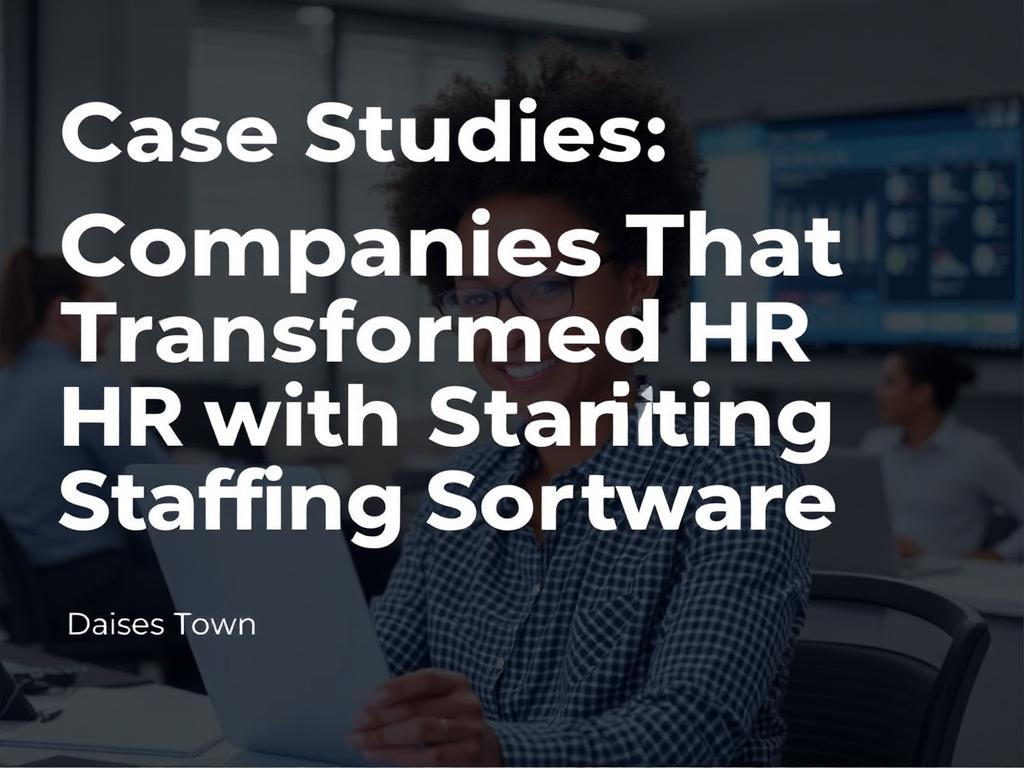
A major financial services firm was eager to leverage data to improve their recruitment process and retain top talent. Their previous method of managing recruitment was largely manual, making it difficult to analyze hiring trends or predict employee turnover. By implementing staffing software with strong analytics features, they unlocked valuable insights.
The software enabled them to:
- Track source-of-hire effectiveness
- Identify patterns in employee attrition
- Customize onboarding processes to improve engagement
Using this data-driven approach, the firm reduced employee turnover by 18% within a year and improved hiring quality by focusing on channels that yielded the best candidates. Their HR team also gained strategic visibility, allowing for better workforce planning.
Essential Features of Successful Staffing Software
Based on these case studies, some common features consistently contribute to HR transformation:
- Applicant Tracking System (ATS): Streamlines recruitment workflows and keeps candidate data organized.
- Automated Scheduling: Manages shifts and availability with minimal manual input.
- Compliance Management: Ensures adherence to labor regulations automatically.
- Mobile Access: Empowers employees and managers to interact with schedules and approvals on-the-go.
- Analytics and Reporting: Provides actionable insights for smarter HR decisions.
Choosing the right staffing software with these features can dramatically transform your HR processes, just as it did for the companies in these examples.
How to Choose the Right Staffing Software for Your Company
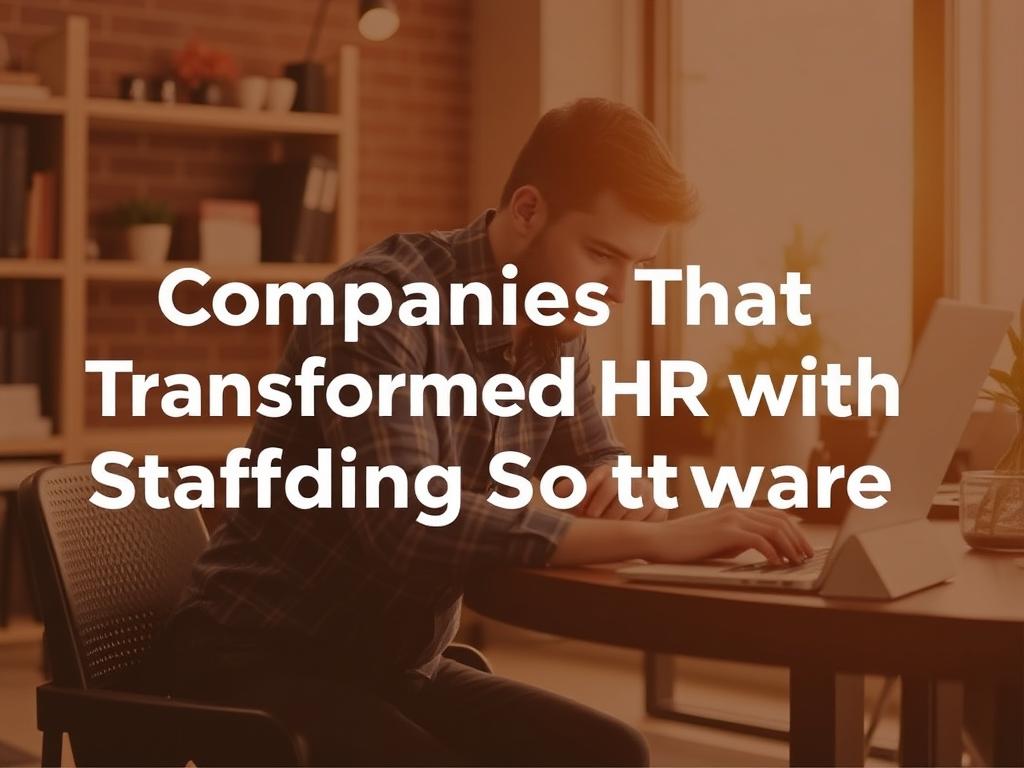
Selecting the perfect staffing software requires careful consideration. Here are some key factors that businesses weighed in the case studies above:
- Scalability: Can the software grow with your company’s changing needs?
- Industry-specific Features: Does it cater to unique requirements of your sector?
- Ease of Use: Is the interface intuitive for HR teams and employees alike?
- Integration Capabilities: Will it work seamlessly with existing systems like payroll or ERP?
- Vendor Support: Is there reliable customer service and training available?
Taking the time to evaluate these aspects ensures the software won’t just solve today’s problems but also help future-proof your HR operations.
Conclusion
The evolution of HR departments through staffing software is an inspiring testament to how technology can revolutionize traditional workflows. From Tech Innovators Inc. cutting hiring time drastically, to Global Retail Group enhancing workforce management across regions, these case studies highlight the tangible benefits of embracing staffing software. The key takeaway is that staffing software not only boosts operational efficiency but elevates employee satisfaction and business outcomes. Whether your company struggles with recruitment bottlenecks, scheduling chaos, or compliance challenges, adopting the right staffing software can be the catalyst for transformation. By investing thoughtfully, companies can unlock a smarter, faster, and more agile HR function ready to meet the demands of today’s competitive landscape.
